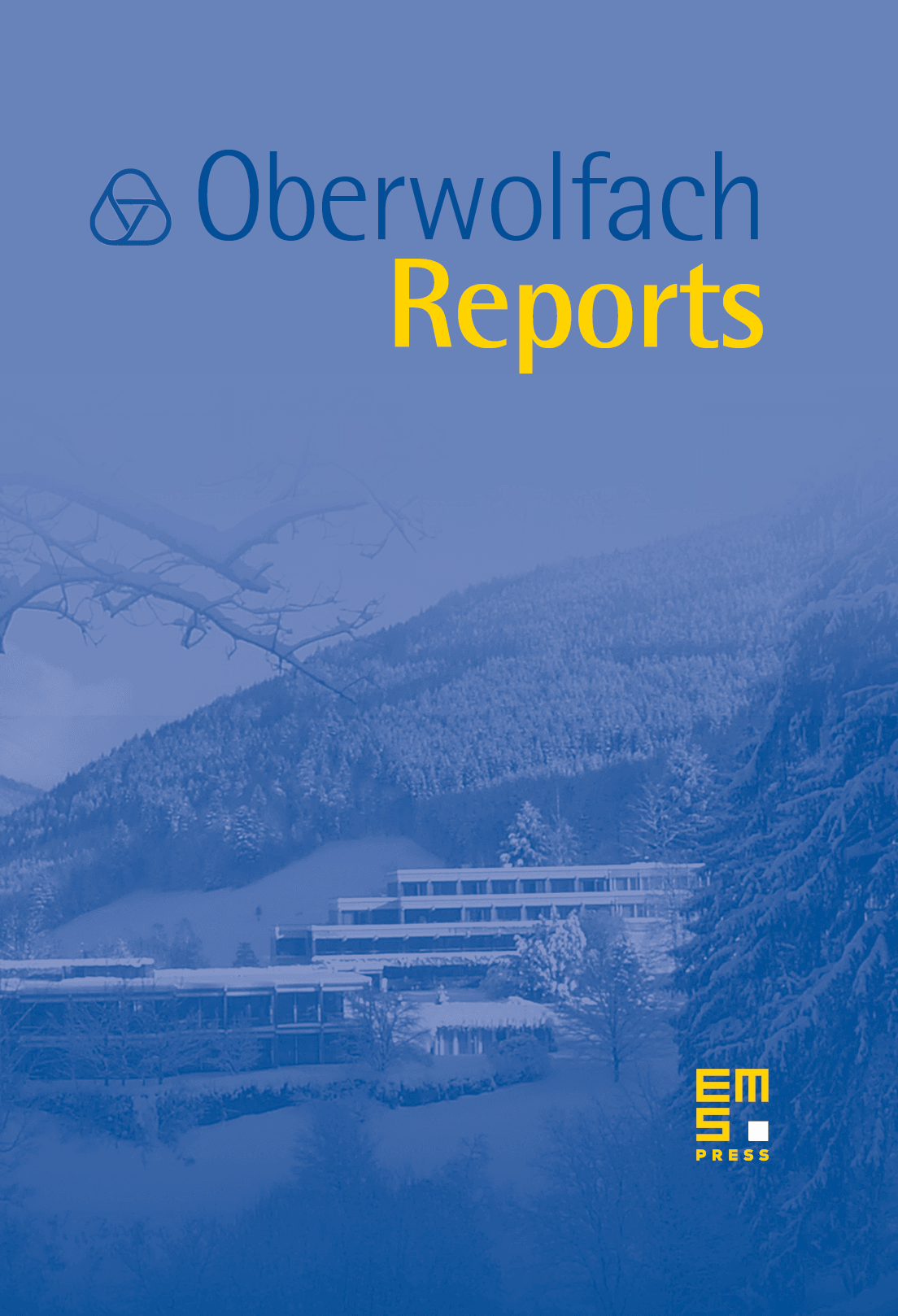Fracture as an Emergent Phenomenon
Patrick Diehl
Louisiana State University, Baton Rouge, USARobert Lipton
Louisiana State University, Baton Rouge, USAAnna Pandolfi
Politecnico di Milano, Milano, ItalyThomas Wick
Leibniz Universität Hannover, Hannover, Germany

Abstract
The mechanics of fracture propagation provides essential knowledge for the risk tolerance design of devices, structures, and vehicles. Techniques of free energy minimization provide guidance, but have limited applicability to material systems evolving away from equilibrium. Experimental evidence shows that the material response depends on driving forces arising from mechanical fields. Recent years have witnessed the development of new methods for modeling complex dynamic and quasistatic fracture. New approaches may differ remarkably from previous ones, as they involve implicit coupling between damaged and undamaged states, allowing fracture to be modeled as emergent phenomena.
The focus of this workshop is on the most advanced techniques for modeling fracture, represented by eigenerosion methods, variational approaches, phase field fracture models, and non-local approaches. Technical progress is contingent on the further development of the mathematical framework underlying these techniques. This is necessary for accurate and reliable computational modeling of fracture for multiple freely propagating cracks. The objective of this workshop is to mathematically identify and discuss open issues related to fracture modeling and to highlight recent advances. Addressing fundamental issues will foster exchange between the different communities, essential for advancing the field.
Cite this article
Patrick Diehl, Robert Lipton, Anna Pandolfi, Thomas Wick, Fracture as an Emergent Phenomenon. Oberwolfach Rep. 21 (2024), no. 1, pp. 5–68
DOI 10.4171/OWR/2024/1